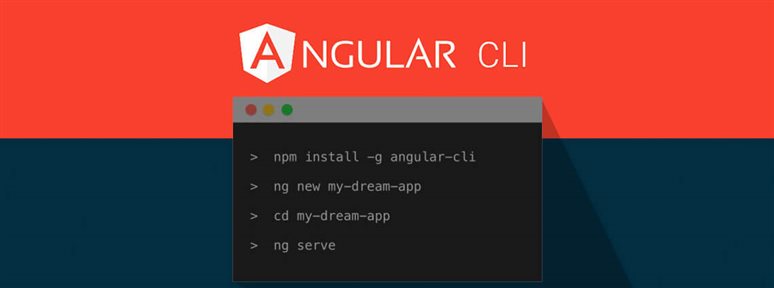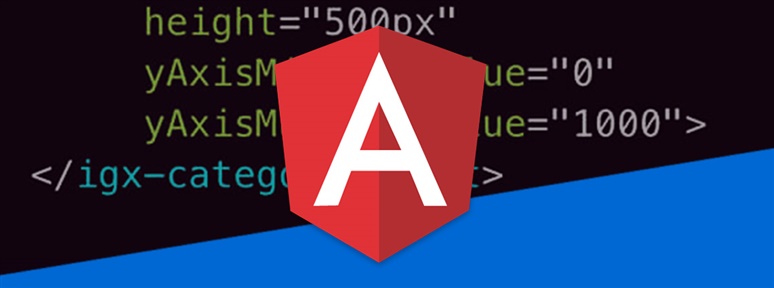In Angular, it is essential to know how components communicate with each other. If you use a component inside another component, they create a parent child relationship. In such a scenario, parent and child components communicate to each other in following ways: You can learn in detail about @Input here and @Output here. In this […]
The App Builder Blog
Have you ever thought, what is type of undeclared variable in JavaScript? I know, the first thing that might come to mind is: how can an undeclared variable have a type? Yes, in JavaScript it is possible.
So you want to write your first Angular application, however setting up even a ‘Hello World’ Angular application is not easy.
In this blog post, let us learn that how Column Hiding can be enabled in IgniteUI for Angular Grid.
Learn to seal, freeze, and prevent extensions of objects in JavaScript with Ignite UI for JavaScript by Infragistics
Learn about content projection in an Angular element with slot in Angular 7.
No matter the type of software project UI/UX designers have their hands on – apps for fintech, blockchain, or e-commerce – almost all projects share one screen in common. In this case, we’re talking about the part of an app containing the user’s personal info…his profile.
Handling Angular data binding may be time consuming and sometimes even too complex. This blog post will show you how to simplify the process effectively.
In Angular, you can pass data from parent component to child component using @Input() decorator, and a child component can emit an event to a parent comment using @Output() decorator.
In the next article of this series, you will learn how to implement your Firebase configuration in details.






